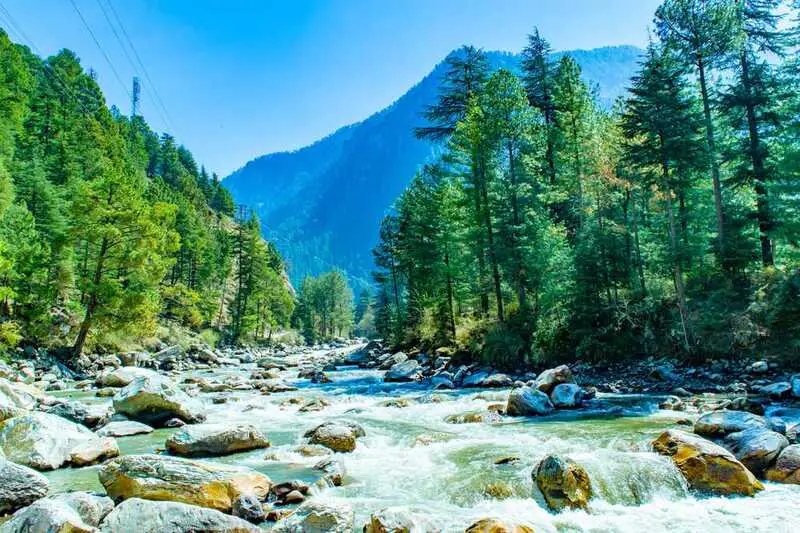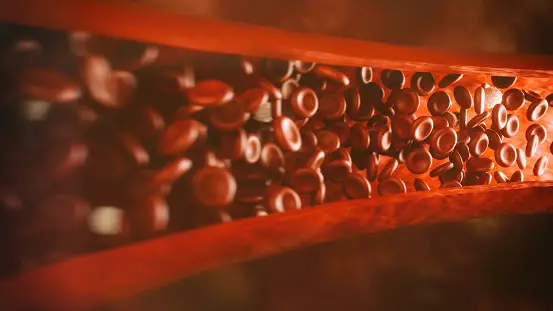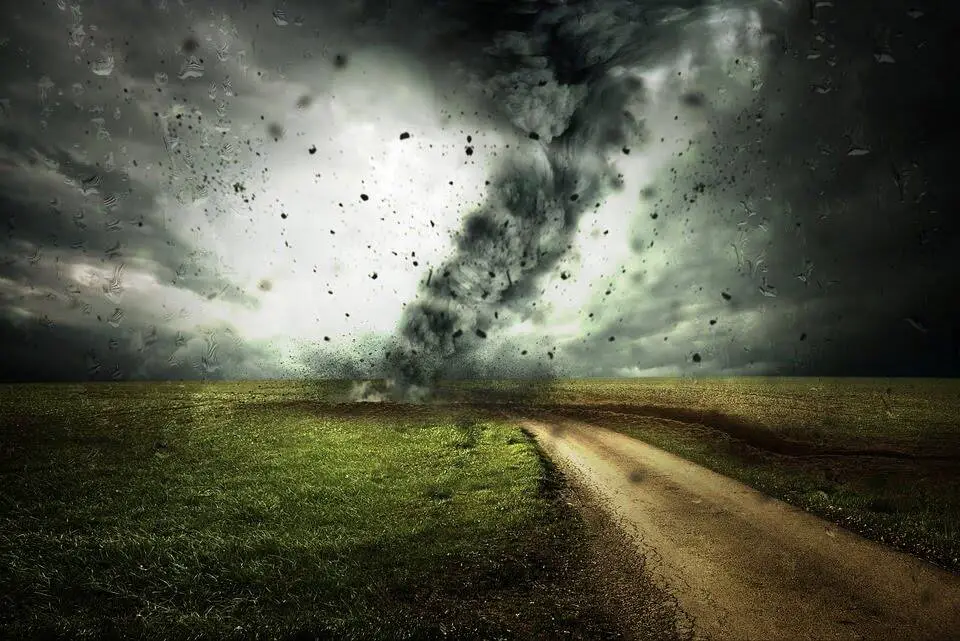Wanna know what are the top 6 real life examples of turbulent flow? If yes, then you are at the right place at the very right time. In fluid mechanics, there are two types of fluid flow. These are laminar and turbulent flows. In this exclusive article, we are only interested in a turbulent flow. So, what is turbulent flow anyway?
Turbulent flow is a type of fluid (liquid or gas) flow that is characterized by chaotic, unpredictable, and irregular fluctuation in velocity, pressure, and other flow parameters. This type of fluid flow does not flow in a straight direction. It rather moves in a zig-zag way.
The basic criteria to define whether the fluid flow is laminar or turbulent is using the Reynolds number. If the Reynolds number of the given fluid is greater than 4000 then the given fluid is turbulent in nature.
Real Life Turbulent Flow Examples
- River Flow
- Smoke from Chimney
- Waterfall
- Blood Flow in the Circulatory System
- Jet Engines
- Atmospheric Turbulence
River Flow

The very first one in my list of common examples of turbulent flow in real life is the flow of the river. We all have seen the way rivers flow. Most of the time it exhibits zig-zag motion i.e nothing but turbulent flow.
No wonder, without the presence of rocks and other obstacles present in the river bed, the flow of the river would be laminar. In other words, one can summarize that the presence of rocks, rapids, and other obstacles in rivers creates turbulence.
Smoke from Chimney

No one can deny the fact that when the smoke comes out of the chimney, it exhibits laminar flow. But, as soon as the smoke rises higher and higher, the velocity of the smoke increases due to the lower density of warm air compared to its surrounding air.
As a result, due to the decrease in the density of the air, the smoke from the chimney, which at first, was showing laminar flow is now showing turbulence.
Editor’s Choice: Difference Between Renewable and Nonrenewable Energy Resources
Waterfalls

Waterfalls exhibit turbulence. As the water falls from a decent height, due to the action of gravity, the velocity of the water increases, hence turbulence in the flow of water.
The more the velocity of water (fluid), the more will be the turbulence. In fact, this is also the reason that when water falls from a height, we see some foamy and choppy flow.
Editor’s Choice: Gravitational Force Examples in our Daily Life
Blood Flow in Circulatory System

The flow of blood in arteries or in our circulatory system is generally defined as laminar. However, due to the curve in the aorta and the irregular mixing and shape of the blood vessels, the flow of the blood becomes turbulent in nature.
As per the paper published by the National Library of Medicine, the turbulence of blood flow originates in the cardial cavities and is dictated by the need for even mixing of blood corpuscles (vessels) while moving on the arteries.
Jet Engines

The combustion of fuel in a jet engine creates a turbulent flow of hot gases that generate thrust and propel the aircraft forward or in an upward direction. As per Stack Exchange, turbulence is helpful for keeping the combustion process going in the combustor and especially in the afterburner.
Ahead of the combustor, all engines have a diffusor to slow down the compressed air, so it has time to mix with the fuel and burn as much of it as possible. Just to mention, the working of Jet engines is also one of the biggest applications of Newton’s third law of motion.
Atmospheric Turbulence

Last but not least one in my list of turbulent flow examples in daily life is atmospheric turbulence. In fact, it is the most common one. Without atmospheric turbulence, we won’t be seeing any weather patterns, the formation of clouds, or even Cyclones and Hurricanes.
The turbulent flow happens due to intense wind and changes in pressure gradients in Cyclones and Hurricanes which is also responsible for the damage and destructions caused during the occurrence of Cyclones and Hurricanes.
Editor’s Choice: Laminar Flow Examples in Everyday Life – Top 6
Some other Turbulent Flow Examples in Real Life
Apart from the above-mentioned ones, I am also mentioning a few here.
- Ocean Waves
- Car Exhaust
- River Rapids
- Air from Fan
- Mixing of Fluids, etc.
That’s it for this post. If you like this article, share it if you like, like it if you share it. You can also find us on Mix, Twitter, Pinterest, and Facebook. Hey man, If you have come this far, do give us feedback in the comment section. It would make my day. You can also make a donation. Your donations will help us to run our website and serve you BETTER. Cheers!!!
You might also like:
- Difference Between Viscosity and Friction in Tabular Form
- Viscosity vs Density – Difference & Similarities in Tabular Form
- Viscosity Examples for Beginners: A Step-by-Step Guide